Did you know that living organisms could survive on Mars? Or that humans might have to colonise the Red Planet? Come with me on this fantastic journey through the realms of biology, physics and chemistry as we explore this hypothetical scenario that one day could come true.
The Moss Piglet: An Unlikely Survivor
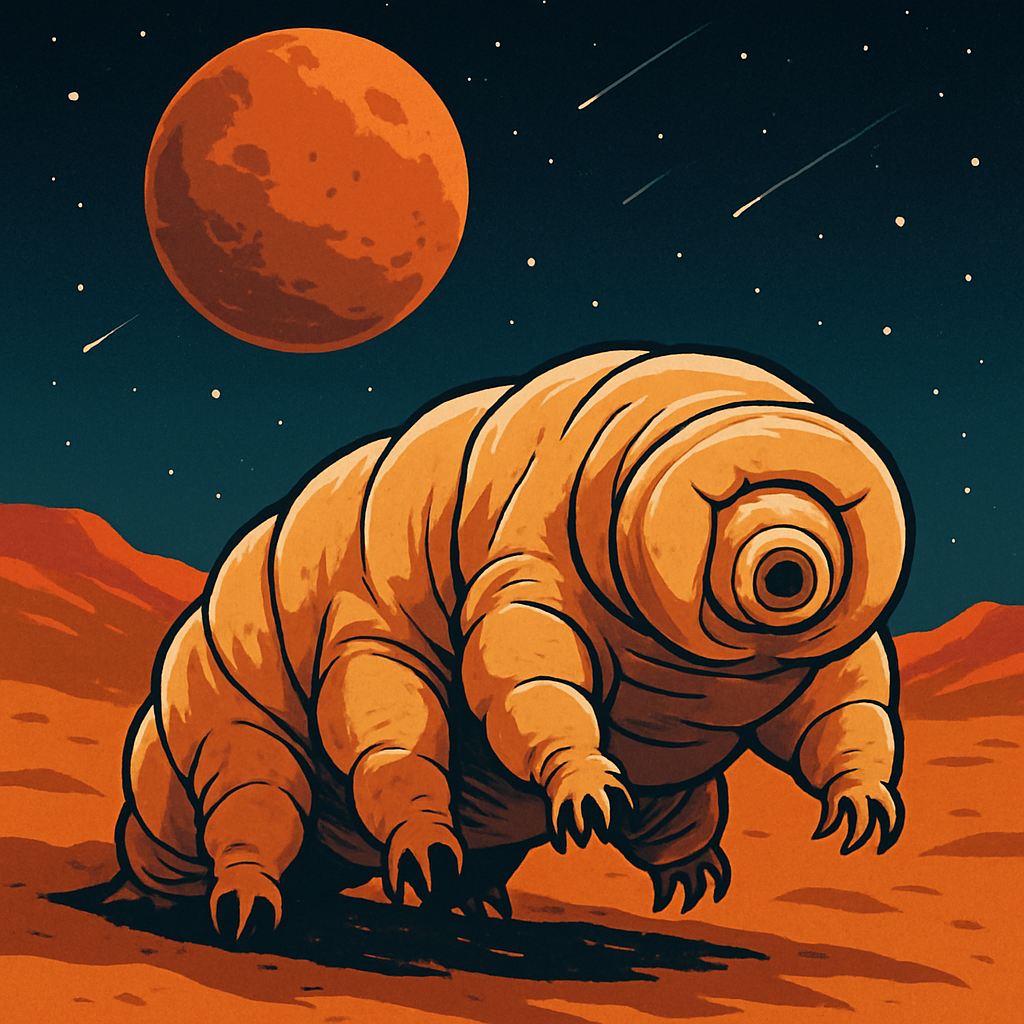
A single type of organism called a tardigrade, more commonly known as a moss piglet or water bear, would be able to live for up to 15 years on the surface of the Red Planet. It has the ability to dehydrate itself to form a hard ball called a tun, in which it can survive without water for extended periods of time. It also has one of the highest resistances to radiation of any organism.
A single type of organism called a tardigrade, more commonly known as a moss piglet or water bear, would be able to live for up to 15 years on the surface of the Red Planet. It has the ability to dehydrate itself to form a hard ball called a tun, in which it can survive without water for extended periods of time. It also has one of the highest resistances to radiation of any organism.
Amazingly, water bears can survive at -200 to 148 degrees Celsius, meaning they would survive the harsh environment Mars has to offer. However, Tardigrades could not survive for long when hydrated, and would not be able to reproduce. This would barely count as ‘survival’ as they would not be able to perform all 7 of the life functions. There would be no food or water available and, as the soil contains perchlorates, which although they are resistant to contact, there is a risk that the tardigrade may ingest it. They dehydrate themselves, and that means they require water to hydrate, something Mars famously doesn’t have a lot of.
Do Tardigrade Tuns Count as Alive?
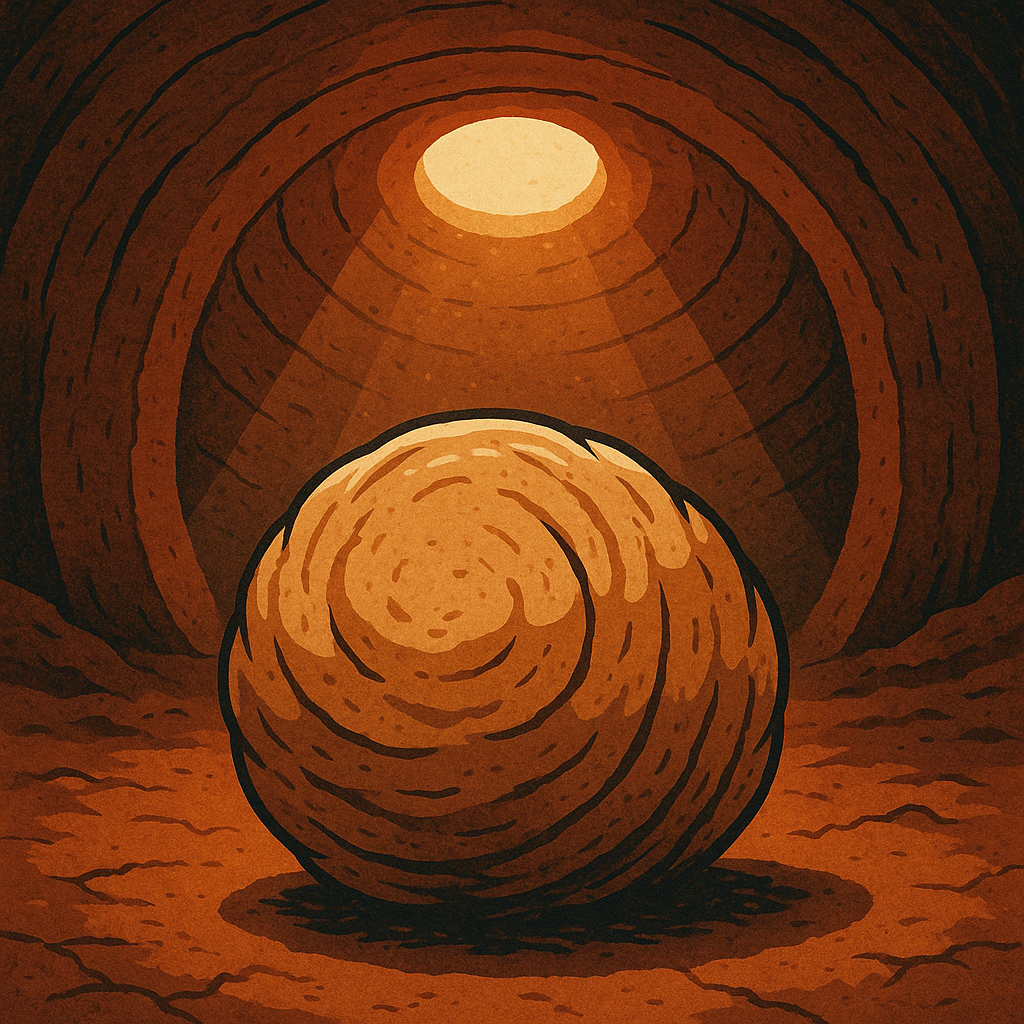
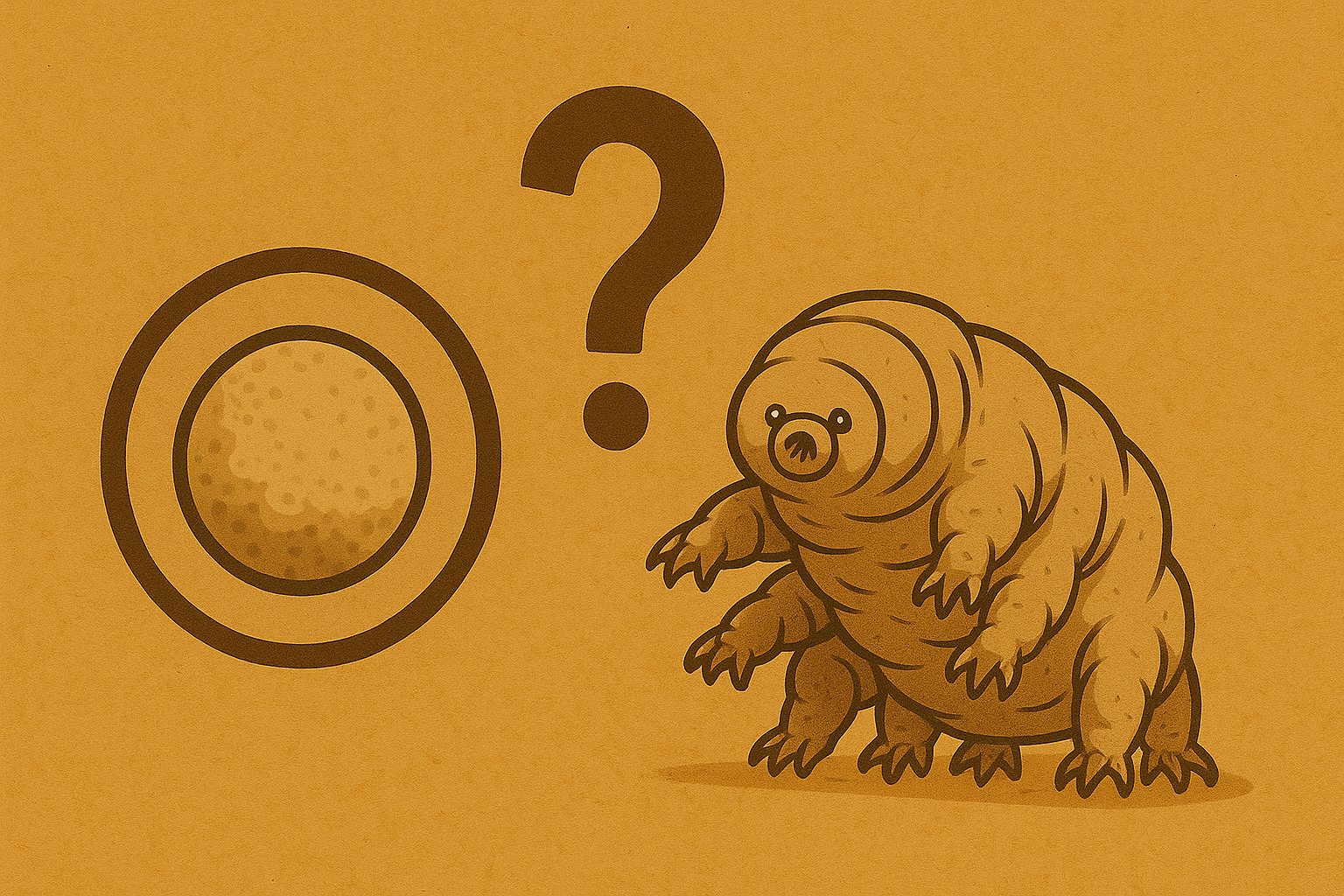
If you have learnt about the 7 life processes in school, then you may know that tuns would barely be considered as alive.
For movement, they are physically unable to move when dehydrated. They reduce their respiration rate to 0.001% of their normal usage, meaning they can live for decades on their built-in stores.
Tuns, however, have a few basic senses for mixture and temperature so they know when to begin to hydrate. During this coma, they do not grow, reproduce, excrete, and rarely absorb nutrients. NASA’s definition of life—“Life is a self-sustaining chemical system capable of Darwinian evolution”—and the specific features of the one life we know—Terran life—as it is written here, states that life needs to be capable of Darwinian evolution, and dehydrated tardigrades in stasis most definitely aren’t capable of that.
What About Other (Less Lucky) Creatures?
Tardigrades may find Mars a walk in the park. However, active, reproducing, and thriving life would not be possible with current species, but there are a few adaptations that would aid survival.
Mars’ atmosphere is more than 95% carbon dioxide, which would present a serious health hazard for any oxygen-breathing organism, and it would have to become carbon dioxide-based.
Extreme temperatures would cause the blood to freeze, form crystals, and damage the delicate cell structures. There would need to be an antifreeze agent added to the blood (doing this with standard window-washing antifreeze would be a bad idea—antifreeze is fatal when in the body), and the cells would have to contain less water.
Mars is smaller than planet Earth, meaning there is less gravity, compromising bone (if there are bones in the organism) density, as there would be less load to compress the bones. For this, the bones would continually need to stay dense, reducing the risk of osteoporosis. For mammals, when there is less gravity, there can be higher concentrations of certain chemicals in the head, causing strands to form in the eye and swelling around the optic nerve in microgravity. This is irreversible and can cause permanent damage. For this, these chemicals can be nullified in the body.
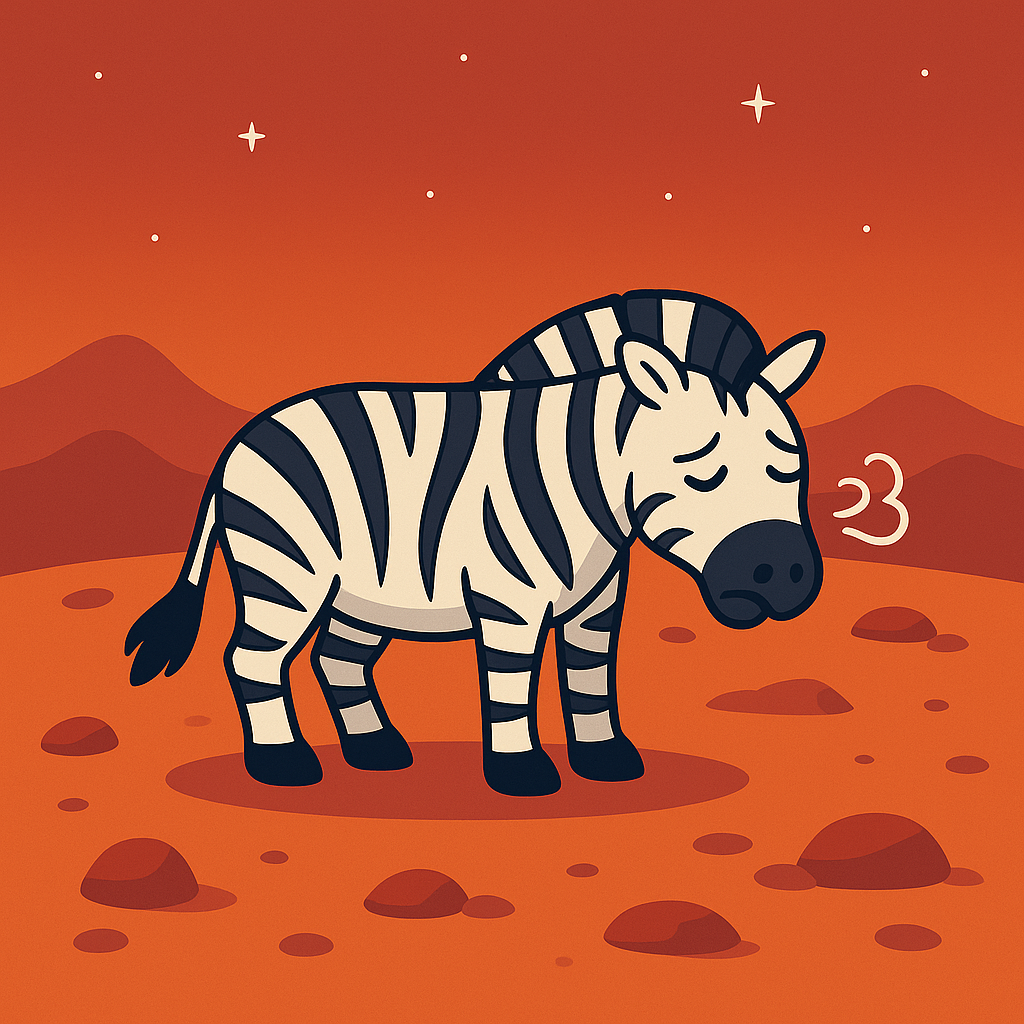
Plausible vs Possible
When talking about life on Mars, there is often confusion around the words ‘plausible’ and ‘possible’. While they have similar meanings, they are not the same. ‘Plausible’ indicates that something has a reasonable chance of happening and is based on logic or evidence—it does not simply reflect a lack of disproof. For example, winning the lottery is not very plausible, but coming across a dog on your street would be considered plausible.
On the other hand, ‘possible’ gives no indication of likelihood. It can refer to anything that could happen, regardless of how likely it is. For instance, “It is possible you will be invited to the monarch for no reason” makes more sense than saying, “It is plausible you will be invited to the monarch for no reason.”
It’s important to use these words carefully, as life on Mars may be possible, but humanity has yet to determine whether it is plausible.
Is Human Life Possible ?
Humans, surprisingly, do possess the technology to survive on Mars. One example is the inflatable habitats we have developed, along with the vehicles designed for traversing the Martian surface in the future. However, these technologies need fine-tuning, and if we must adapt quickly to life on Mars, we might have to accelerate their development. Given a few years, humanity will likely be able to survive—and even thrive—on Mars.
For example, NASA engineers are currently working on an inflatable habitat called TransHAB (see the attached PDF: https://spacearchitect.org/pubs/AIAA-2002-6105.pdf), which is a multi-use inflatable module that could be used for colonization. The MOXIE unit on the Perseverance Mars rover can produce oxygen from the carbon dioxide in the Martian atmosphere. It has run successfully over 16 times, producing enough oxygen for a small dog to breathe for up to 10 hours.
Mars may not be ready for life yet—but perhaps life is getting ready for Mars.
I would love to hear your ideas. What do you think would be the biggest challenge of living on Mars? What system do you think would be the hardest to build—water, food, shelter, or communication? Leave your thoughts below!
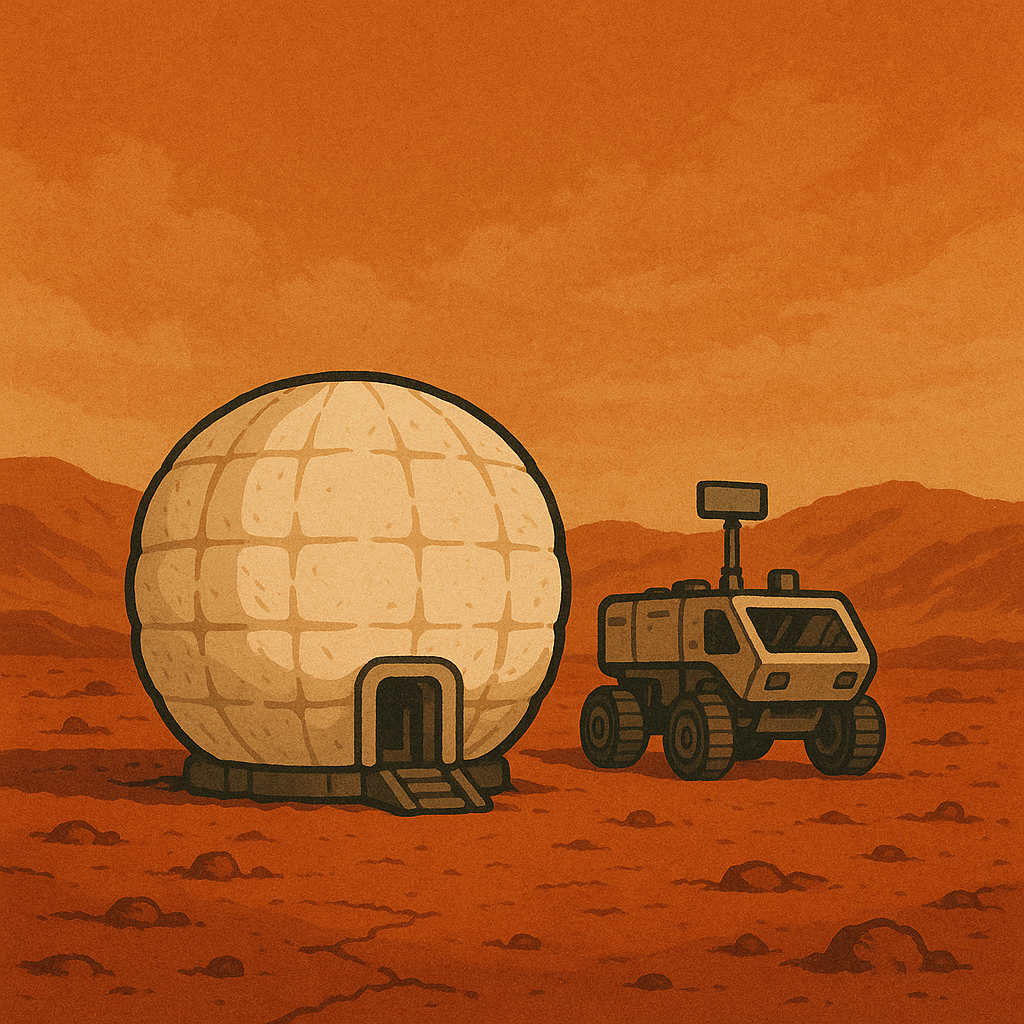

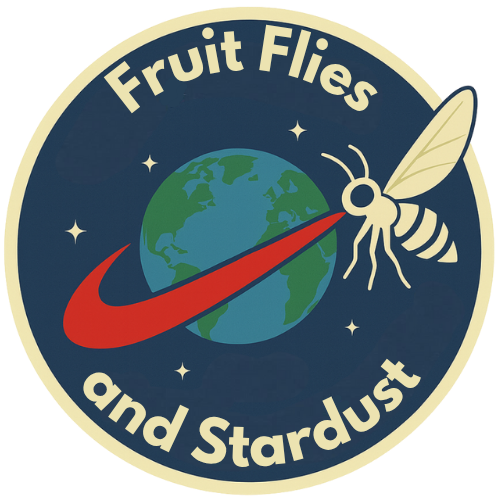
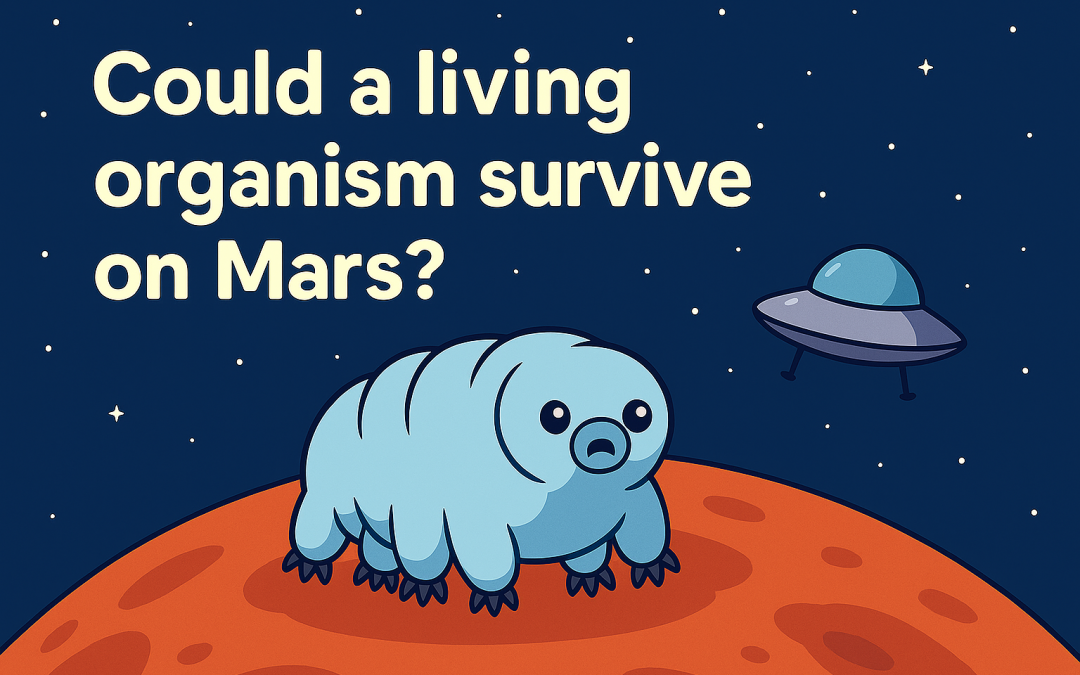
Food! We have such varied diets from a nutritional perspective but also from psychological perspective. I can imagine we might be able to tick the boxes for nutrition, but do human beings need more than just nutrition to survive??
Food is a good one… and drinks! A life of instant coffee might deter me from jumping on a one-way trip to Mars.
True!
Drinks (pleasure drinks i.e. coffee, juice) are important for moral and psychological reasons, but some people would be willing to sacrifice these for valuable scientific data. There might be a way to preserve drinks with nitrogen gas, but fresh drinks would be hard to acquire. Also, remember that science requires sacrifices and not everything can be replaced.
Good question!
Quality food (not space food) is vital for nutritional supplement, but they also boost morale and cognitive function. The novelty of the flavour, texture, smell and appearance of a dish all decide how a person experiences it, if they enjoy it or if they hate it. Sadly, fresh vegetables and fruit cannot be bought to Mars, but technology that could aid in growing plants on the surface of the Red Planet is developing, and space salad may soon become a reality!
Radiation shielding seems like a big challenge. TransHAB has the great idea of water for protection. A company called Zenno Astronautics has mentioned using its superconductor technology to generate a magnetic field to deflect charged particles which sounds pretty cool to me.
Interesting point!
Radiation shielding is indeed a big challenge, and as you said, water and superconductors could offer shielding for astronauts. However, superconducting technology is not yet developed to the stage where it can be used to shield against ionising particles at a scale usable for humans, and water is effective for alpha and beta radiation, but not gamma radiation. Also, water would be quite impractical and would be prone to bursting, leaving the crew vulnerable. However, hydrogen is astoundingly good at deflecting charged particle radiation, alpha and beta radiation, which is why water is good for shielding. Boron nitride nanotubes (BNNT) are similar to carbon nanotubes, but are made of boron nitride and the nanotubes are laced with hydrogen. This means that this material is highly resistant to radiation, while being flexible at the same time, and could be used for spacesuits and shielding. Thanks for this amazing question!
Super interesting about the BNNT material! Yeah I guess the magnetic field wouldn’t deflect gamma radiation or neutrons which isn’t ideal… although it would be fun to say “Activate the deflector shield!”
Funny! 😉
I would indeed enjoy saying that, but then I would be instantly be bombarded by deadly levels of nuclear radiation before I could utter a single word. Not pleasant at all. Haha😆.
we should send more moxie units
Good point! Sending more MOXIE units would help in producing oxygen, but they are very expensive. There is only 1 unit in the world, and that is on Mars, and these take years to make. But, a similar system of the same kind (but larger) may be able to furnish oxygen for a crew of a few people. This, however would take a lot of time (and money) to make, but it would still be possible.